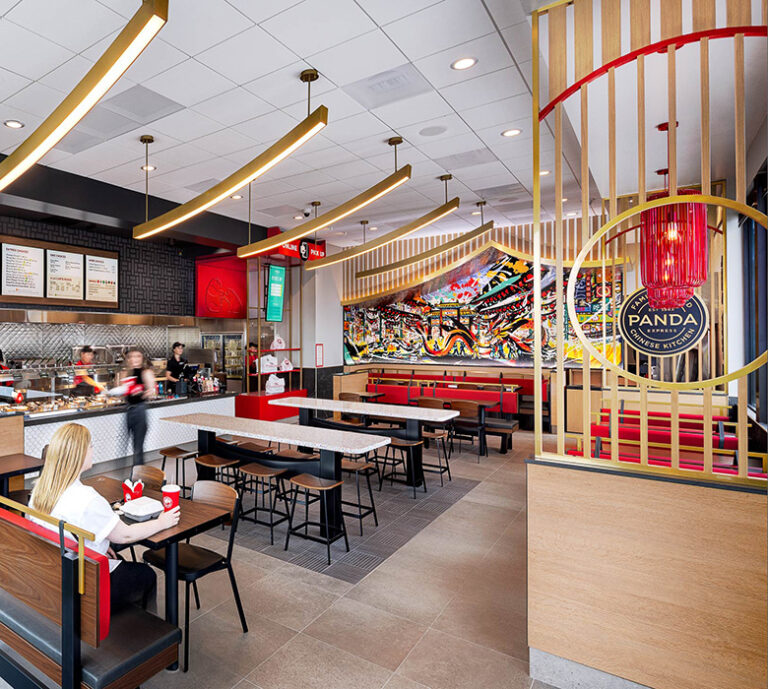As we head into the new year, our team looks back on what retailers did well in 2023 and how to carry it forward.
While 2023 was certainly a challenge on many fronts, we did see many bright spots from our vantage point. More than ever, brands are listening to their customers and are committed to taking bold steps to keep them interested and engaged. Consumers still have a tremendous amount of choice on the individual purchasing level, from which brands they buy from to where they buy (online or IRL). Brands that respect consumer choices and voices, then respond accordingly, will continue to win in 2024.
So, as we prepare our collective consciousness for 12 days of Christmas, 8 days of Hannukah, and 6 days of Kwanzaa, we bring you our top takeaways from 2023 that will certainly set the stage for where we are going in the year ahead.
GOING CIRCULAR
We’ve seen a big shift amongst consumers, particularly younger generations, not being as “romanced” by company ethos stories. Mission statements about “doing good” aren’t resonating in the same way they used to. It feels like a dime a dozen, without any real action. The storytelling is not as believable, and shoppers want to see actions over words from brands. There are aspects of a brand’s DNA that are considerably more important than they used to be, from how employees are treated, to the way in which products are being made.
For instance, more brands have taken the concept of sustainability to the next level due to mounting customer demand. Not only are they thinking differently about product sourcing, but also how these products will continue beyond their first life cycle. According to a recent study conducted by Harvard Business Review: “we’re fast approaching this tipping point where sustainability will be considered a baseline requirement for purchase, and companies should prepare now.”
Patagonia is a prime example with their Worn Wear concept, allowing consumers to buy and sell previously worn Patagonia gear. The newest player devoted to circularity & sustainability is Coach, with their sub-brand, Coachtopia. With six locations across the United States, the circular-focused brand has created a new type of demand for their own products. Additionally, the physical Coachtopia stores are designed using found furniture and materials to make each space unique. The cost-effective nature of this type of design will likely allow Coach to continue opening new locations in 2024.
Brands who have yet to incorporate and operationalize aspects of the circular economy into their overall business should reconsider their strategy in 2024. Consumers want to see retailers making a real impact, not just talking about it.
BEING PLAYFUL
One of the brand success stories from 2023 was Barbie. As we all know, the movie was a massive hit and it energized the brand in countless ways. The movie made the dolls relevant and cool again for kids (and adults). While it didn’t take itself too seriously, it showed the latent potential of a brand and how when it authentically comes to life, it can be powerful enough to affect trends in adjacent and non-adjacent categories. The color Pink anyone? It’s EVERYWHERE. So many aspects of the brand were brought to life and moved into an even greater, iconic status – from the Barbie type, color, characters, packaging, etc. As Barbie illustrated, brands that project a positive image and don’t take themselves too seriously will do well with consumers.
Take the brand Jacquemus, who recently launched Café Fleurs in Seoul, featuring a fluffy white handbag façade and an indoor café and flower shop. The designs are imaginative, playful, and eye-catching, making them instant social media hits as well as immersive store experiences. This approach to store design as more social media campaign than store blurs the lines between physical and digital brand experience and extends the brand’s reach far beyond the four walls of the shop. Earlier this year the brand posted a video of giant colorful handbag trolley cars driving through the streets of Paris, and while the video was just computer-generated imagery, it certainly fooled a number of people due to the brand’s imaginative and playful DNA.
In the new year, brands should consider how they can foster positivity and whimsy. Regardless of industry, there are always fresh ways to set your brand apart by showcasing personality and fun. We could all use more of that these days.
GETTING INTO FOCUS
There’s been a strong uptick in brands being more mindful of what they can be to their customers. Retailers are now working to find the balance between the momentum that has been made towards a more digitally native convenient shopping experience with experiences that facilitate a more human-driven service experience for more meaningful brand storytelling. At one point it started to seem like retailers were stuck trying to be all things to all people. But in 2023 it felt like more agile brands have been able to separate themselves (at least in store design) from the status quo by doubling down on what they stand for. Brands are designing their stores using a singular design expression to convey to market a more focused point of view.
Similarly, we’ve seen more retailers experimenting with smaller format stores, allowing them to focus on what works for them in different markets. A downsizing approach not only reduces overhead, but it allows larger retailers to move to off-mall locations closer to their customer, driving more frequent visits. It also opens up opportunities to expand into new markets where a larger store may not be feasible.
Brands are taking a step back and refocusing on what sets them apart and how they can represent that in their physical spaces. In 2024, it’s inevitable that we’ll only see more of this with an increasingly competitive landscape.
BEING BOLD
More than ever, brands have to be bold about creating products that will stand the test of time, but will also make some sort of statement. Whether buying a car or that perfect color of nail polish, consumers want value with a side of personality.
This translates directly to the physical spaces where products are sold. By 2023, many retailers were behind on remodeling their stores (due to the pandemic) and were looking for a design that would not only bring their brands up to standard, but could be “timeless” in order to avoid a remodel in less than five years.
Kia for instance was looking for an elevated design that was both flexible and striking. Rather than focusing solely on the remodel, they wanted a vision for the future. Starting with the prototype allowed us to design something that was rooted in their brand, but thoughtfully considered their customers’ changing needs. Then, we applied those principals to the remodel strategy. The result: a bold facility that reflects their bold, new identity, and turns the corner for the next generation of loyal customers.
GETTING PERSONAL
The concept of personalization is no longer new and exciting, and, in fact, most consumers expect it at this point. With the explosion of artificial intelligence (AI), and its ability to essentially learn a user’s preferences, intercepting at “just the right time” with an offer they can’t refuse, the idea of brands being able to personalize an experience is table steaks. But how does this impact the physical buying experience?
The pandemic made everyone question the big box stores for instance. Do we really need them? Are they just taking up valuable space, or do they serve a purpose? Retailers rethinking the physical format of the store in order to better fit their customers’ unique needs are proving their value in more than one way. In order to further succeed, brands must keep collaborating across the organization to bring together design, marketing, operations, and technology to ensure all aspects of the store are optimized.
GOING DIGITAL
While this may seem like less of a business trend and more like a ubiquitous aspect of today’s human experience, as it relates to retail, things continue to evolve and shift—particularly in terms of how consumers use technology and what they have come to expect from brands. AI is the elephant in the room here, and emerging companies like Midjourney give us a glimpse into the future of what’s possible when it comes to dreaming up almost anything.
But what’s unique to the retail industry is the integration of digital and physical, and how they each play an important role for enhancing the customer experience.
Brands are embracing new ways of engaging customers online, and giving them reasons to be excited about IRL experiences. Perhaps the success of the pop-up concept will even reignite the “flagship mentality” days of yore? The main consideration retailers must keep in mind: the physical and digital experience must synchronize and be reflections of each other. If your physical location and in-person experiences therein do not mirror the expectations of what the consumer is experiencing online, then a brand will likely lose the trust, ergo the dollars, of that customer.
We believe that in order to win the hearts and minds of customers, brands have to truly understand their savvy customers in fresh ways. What purpose are they serving and how are they reaching the various need states of their shoppers. How are they engaging customers with a holistic retail experience? We predict that 2024 we’ll undoubtedly see brands commit to designing more connected experiences, building more community, and being bolder in order to achieve outsized returns.



